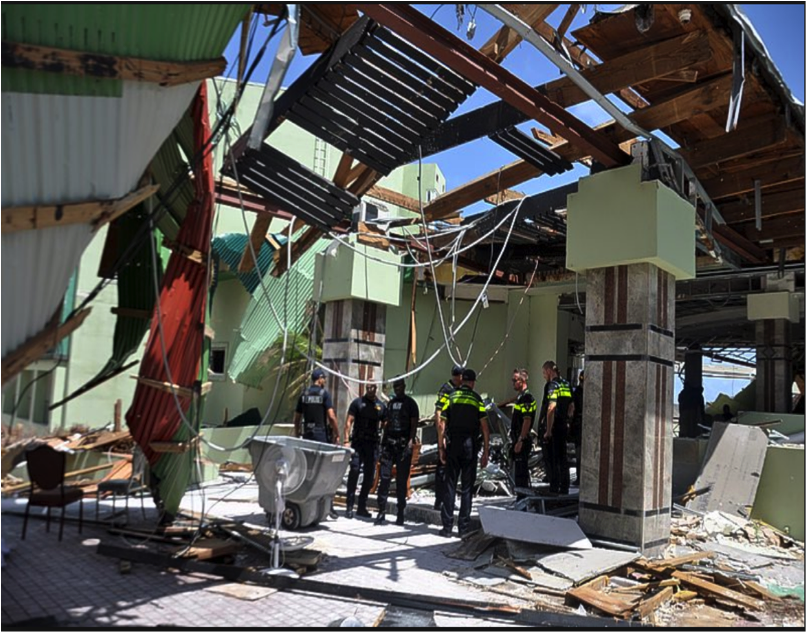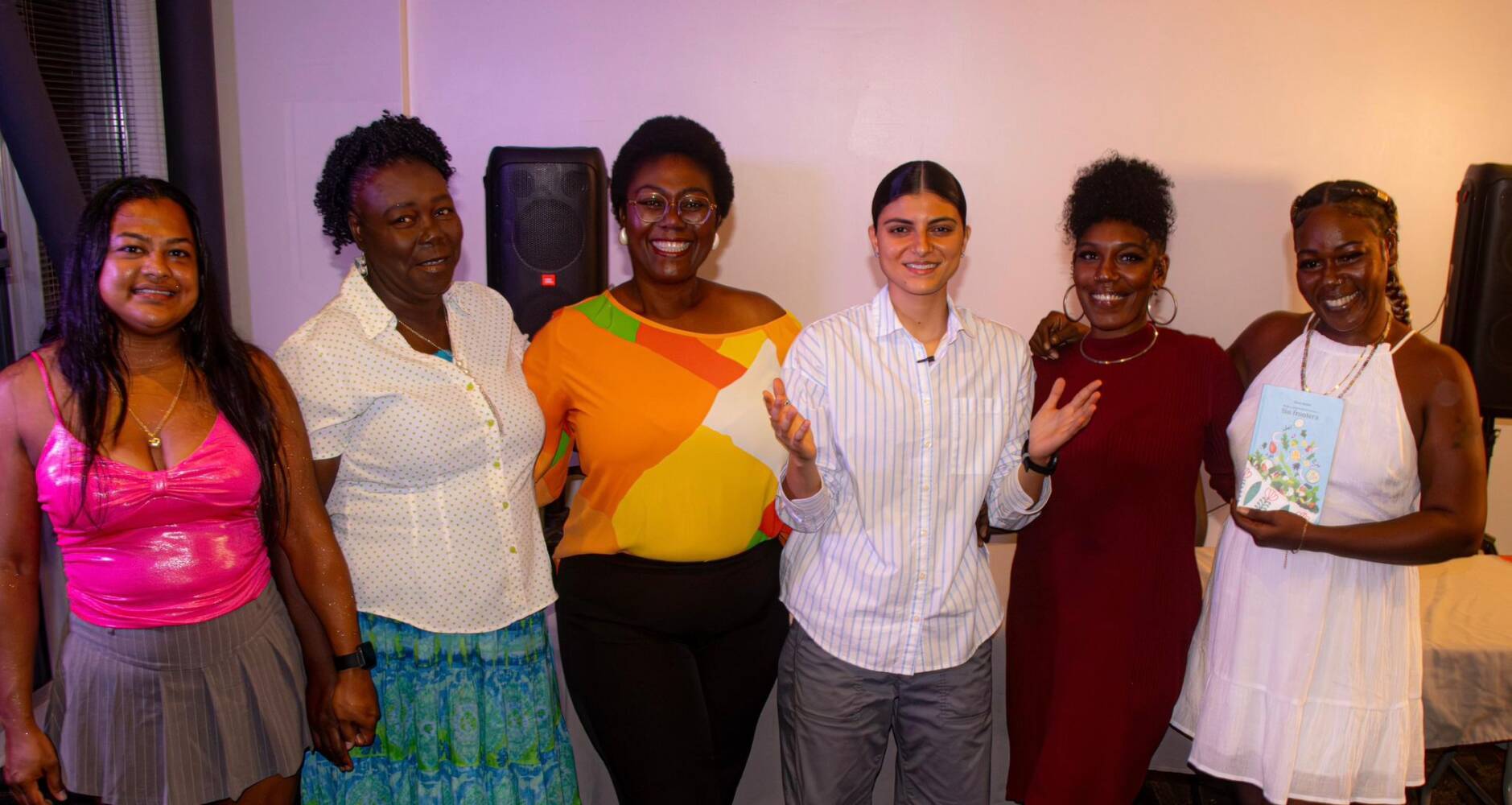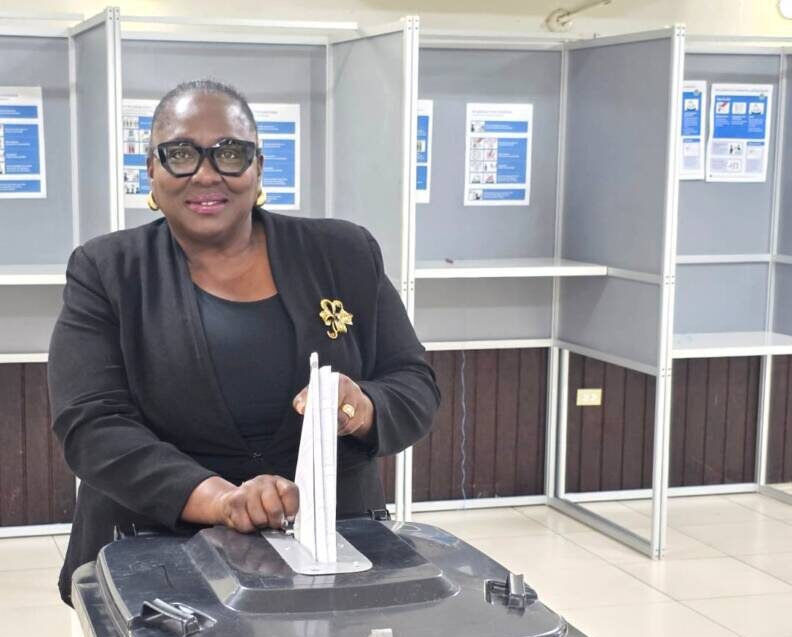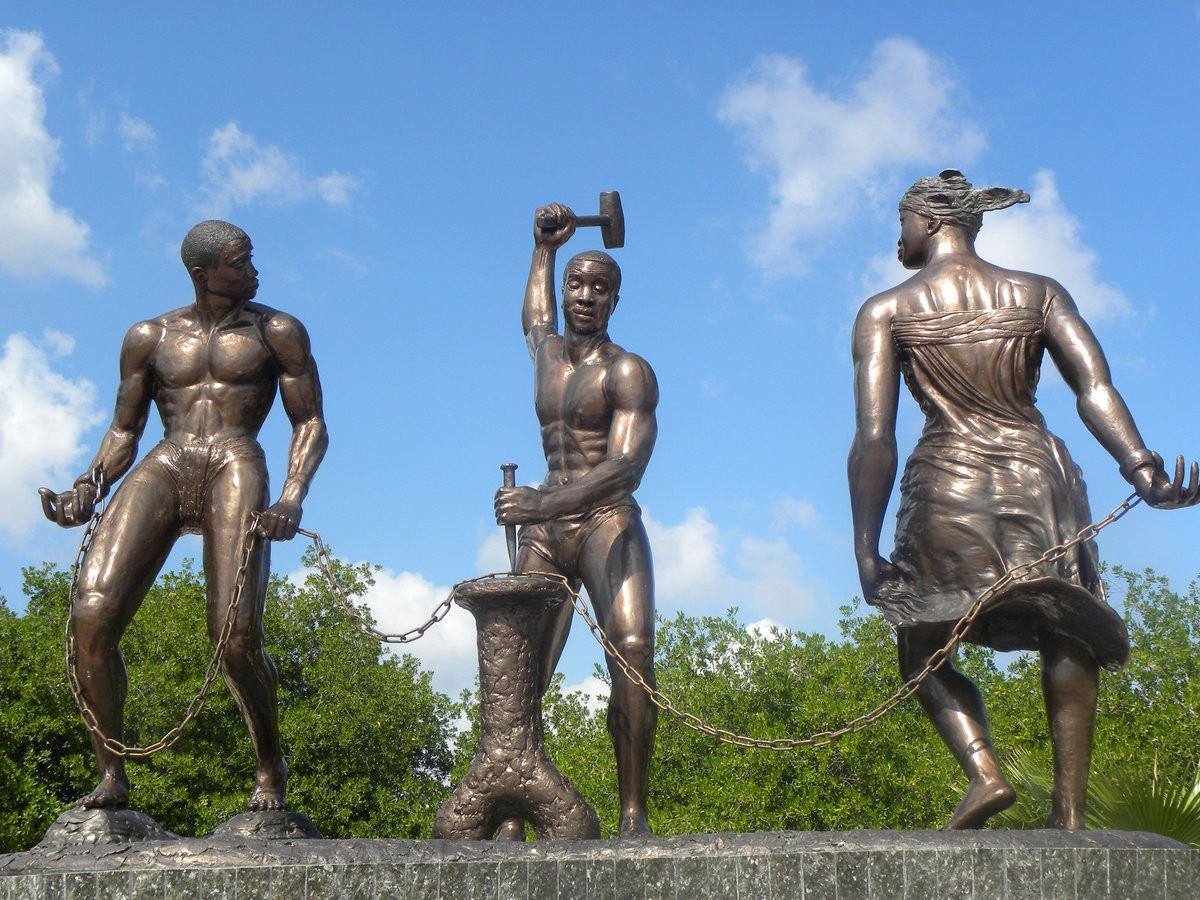PHILIPSBURG – “Sint-Maarten was not prepared in 2017. The morning before the hurricane made landfall, planes were still landing at the airport. I found lists online and purchased a lot of canned goods. People told me that I was crazy. In the end we only had two cans left”, says islander Krista van ‘t Goor.
The new academic Caribbean Centre for Disaster Medicine (CCDM) hopes that through training and education they can improve the level of readiness, to deal with disasters and the rebuilding effort afterwards, of Sint Maarten’s inhabitants.
On June 26th the yearly hurricane training exercise HUREX will take place. The Vereniging van Nederlandse Gemeenten (VNG) will provide Sint Maarten with assistance so that its emergency services (police, fire, and ambulance departments) can complete the training together with the marines.
Professionals from different islands have been invited to observe the exercise and are encouraged to recreate it at home. The idea is to repeat the training at least once a year and more often if possible. Mark Quirk, the executive director of the CCDM: “Disaster medicine isn’t something you do every day, but you are able to rehearse it. That increases the level of control you have in an emergency situation and leads to better results.”
Mark Quirk talks about disaster medicine
The doctor has a background in psychology and medical schooling and works at the American University of the Caribbean – School of Medicine. The CCDM is a part of the university.
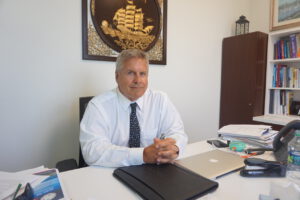
Mark Quirk, executive director CCDM. Photo: Harriot Voncken
Medical care in an emergency situation is not a given. Vincent van Weelden, a teacher, tells us that he encountered an injured woman right after the hurricane. “I had no idea where she could go.” He helped her into the back of a pick-up truck in the hopes that the hospital was open.
The disaster center cooperates with the directorate for Public Health, the hospitals, and the Pan American Health Organization amongst others. “We already have the experts here in the Caribbean. If needed we’ll fly in experts from other parts of the world.”
The CCDM will be providing EMT’s, firefighters, police officers, and other first responders with their first training soon. Besides training, the disaster center focusses on the communication and collaboration between all the parties who respond when a disaster strikes. From medical services to the government to the airport.
Quirk: “The importance of communication was the biggest take-away from Irma for me. A group of 700 students, parents, and teachers stayed together in this building for six days. We would update everyone every two to four hours on the status of the weather, evacuation plans, food supplies, and water. That gave people a grip on the situation.”
Van ’t Goor missed that information. “You could barely call each other. There were no news updates, emergency radio broadcasts or anything else about the situation on the island.”
The doctor emphasizes that disasters come with a wide range of victims: “We shouldn’t underestimate psychological trauma. That can lead to depression or fear which can lead to other issues: dismissal, isolation… How can first responders help these marginalized individuals is a question we need to ask ourselves.”




